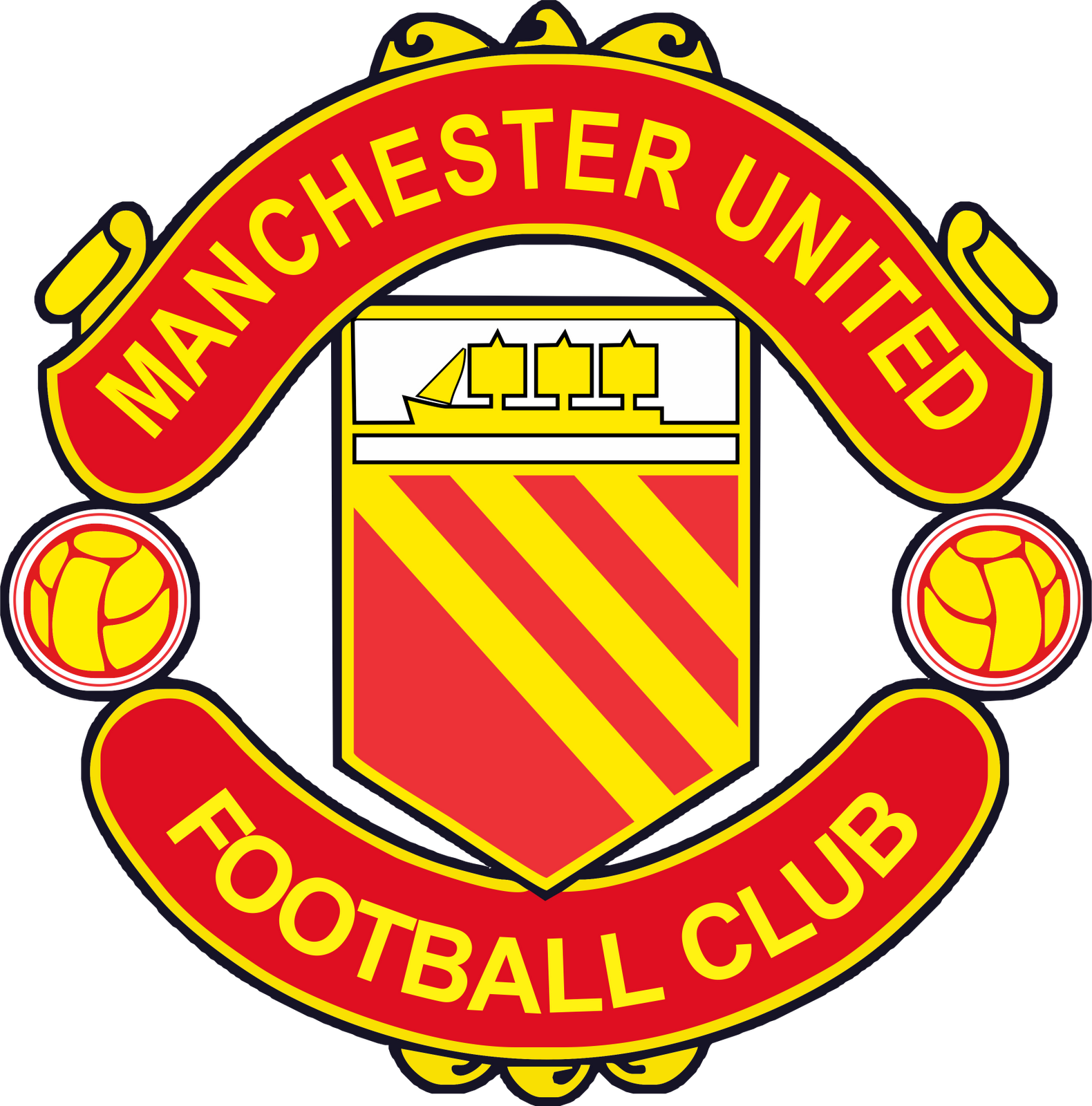
Introduction to Al Nassr
Al Nassr Football Club, based in Riyadh, Saudi Arabia, has made significant headlines in recent times, not just in the Middle East but globally. Founded in 1955, the club has a rich history of success, winning numerous domestic and international titles. As football continues to grow in popularity worldwide, Al Nassr is becoming increasingly relevant in discussions surrounding football investments, player acquisitions, and league developments.
Recent Success and Player Acquisitions
In 2023, Al Nassr captured the attention of the footballing world with high-profile signings, most notably Portuguese superstar Cristiano Ronaldo. His arrival at the club has not only elevated Al Nassr’s international profile but also sparked a new wave of interest in the Saudi Pro League. Since his signing, ticket sales have surged, and viewership of league matches has increased significantly, demonstrating the potential of football in Saudi Arabia as both a sport and an economic driver.
In addition to Ronaldo, Al Nassr has continued to strengthen its squad by acquiring several talented players from various countries, enhancing their competitiveness on both domestic and continental stages. Their ambitious goal for the upcoming season is to clinch more trophies and solidify their standing as one of the top clubs in Asia.
Future Prospects and Challenges
Looking ahead, Al Nassr aims to not only dominate the Saudi Pro League but also make substantial progress in international competitions, such as the AFC Champions League. However, the road ahead is fraught with challenges, including fierce competition from other clubs in the region, as well as navigating the complexities of integrating new players into their system.
Moreover, Al Nassr’s financial strategies and investments in infrastructure, including training facilities and youth development programs, will be crucial in shaping the club’s future. Their commitment to developing young talent is expected to play a pivotal role in sustaining the club’s growth and success in the long run.
Conclusion
Al Nassr’s bold moves in the transfer market and their aspirations to compete at the highest levels demonstrate a transformative period for the club. As they navigate challenges while also setting ambitious goals, the implications for fans, sponsors, and the Saudi football landscape are significant. With continued investment and strategic development, Al Nassr could emerge as a dominant force in international football, making it a club to watch in the coming years.
You may also like

The Legacy and Current Standing of Osasuna FC

狼隊 對 曼聯: 比賽回顧與未來展望
